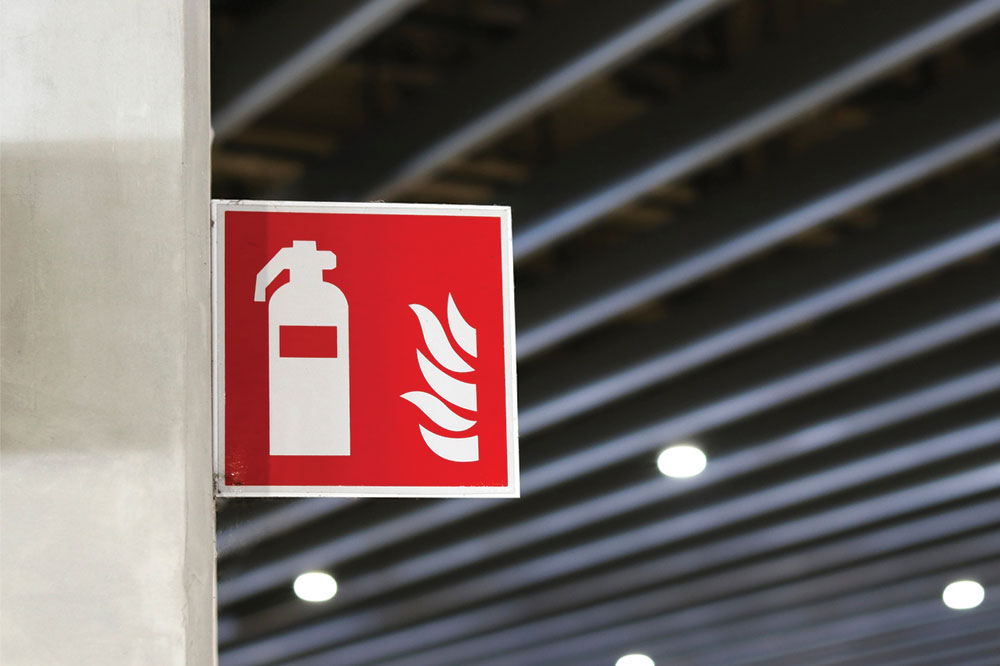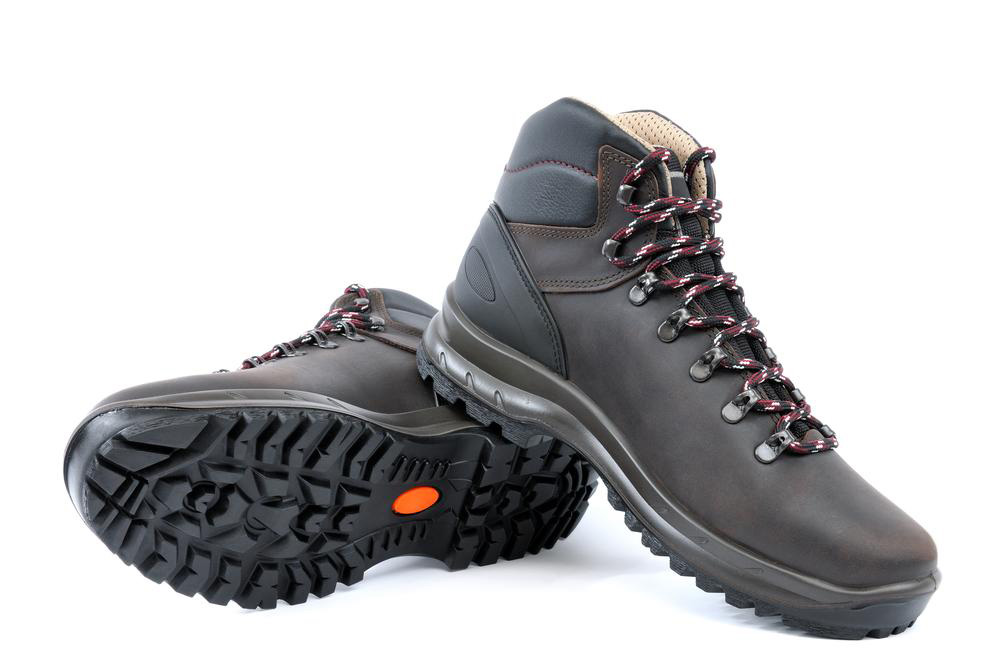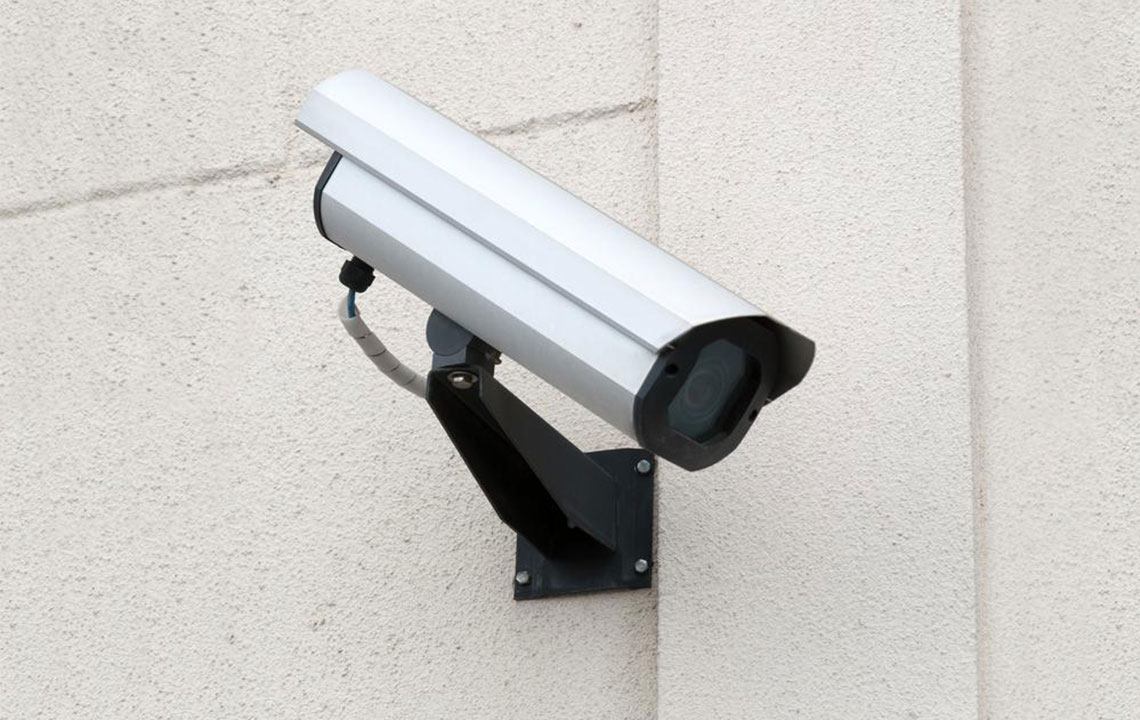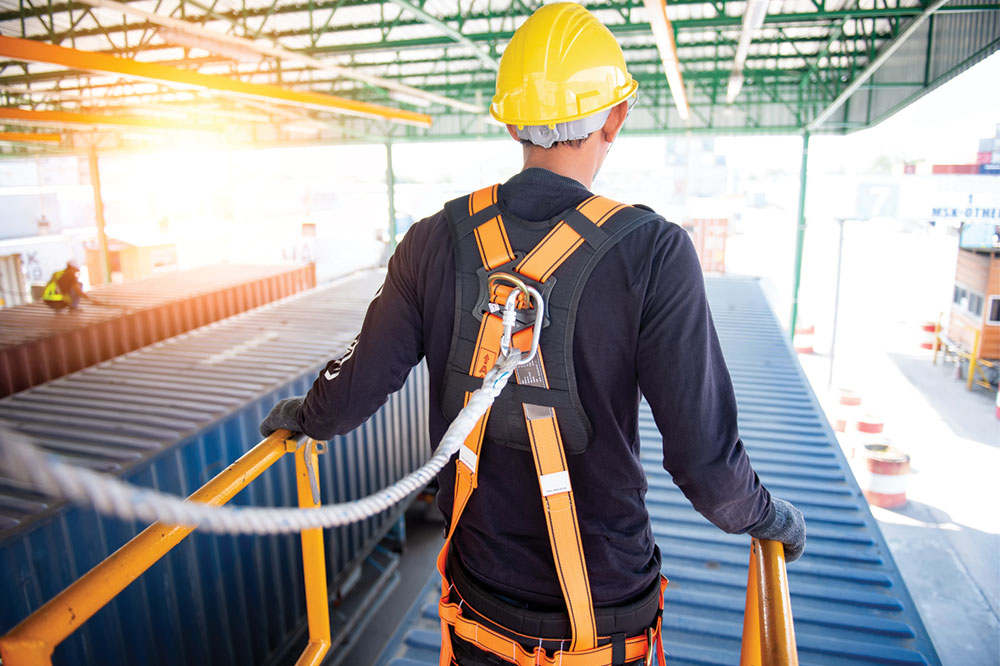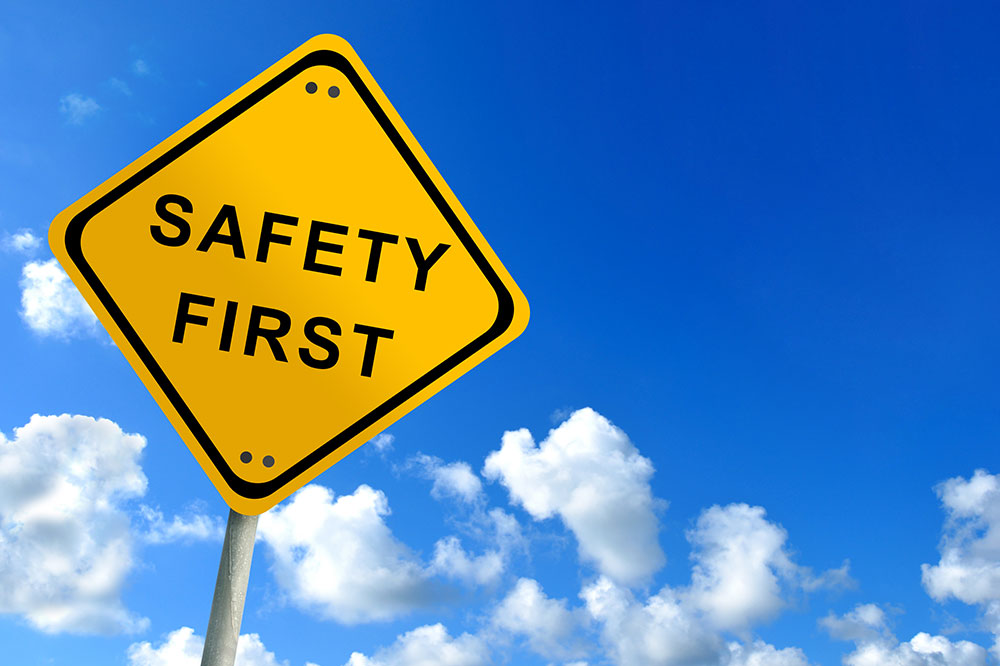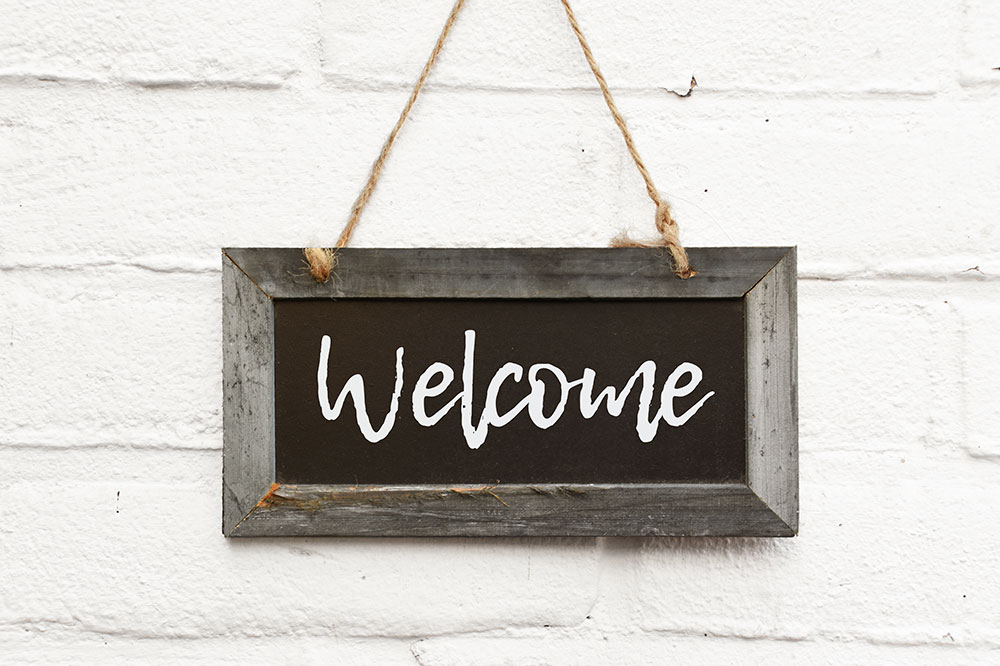Top 3 Strategies for Designing Effective Safety Signage
Discover key methods to design safety signs that effectively communicate hazards and enhance workplace safety. Learn to identify risks, utilize standard colors and clear messages, and position signs strategically for maximum visibility. These strategies help prevent accidents and protect workers by ensuring safety signs serve their purpose effectively. Implementing these practices promotes a safer working environment and ensures compliance with safety standards. Stay informed with expert tips to create impactful safety signage that saves lives and minimizes risks.
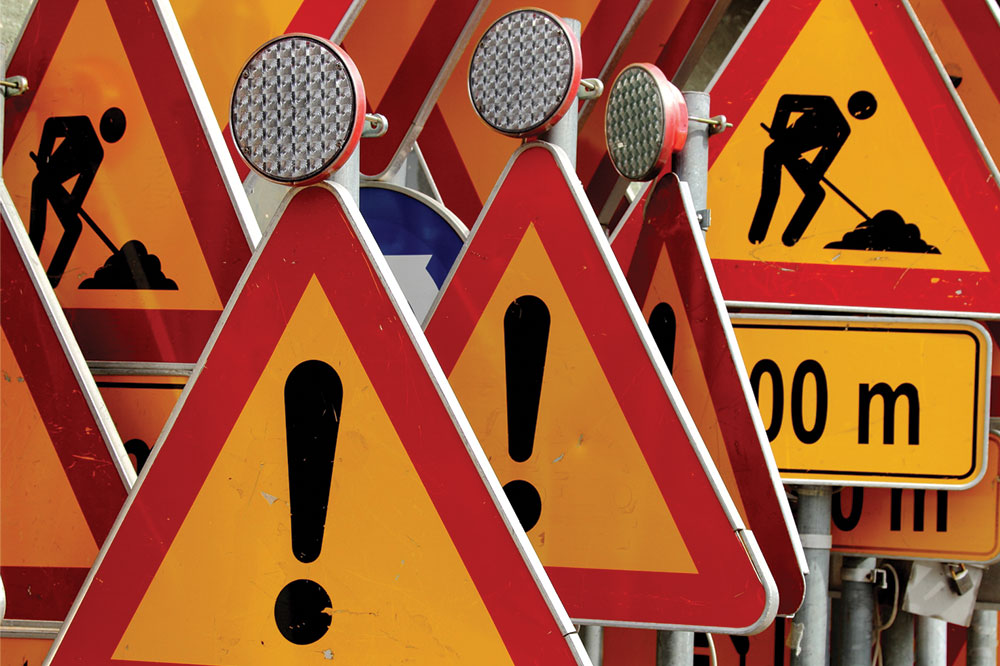
Top 3 Strategies for Designing Effective Safety Signage
Workplace accidents and injuries have remained a significant concern in recent years. Implementing clear and impactful safety signage plays a crucial role in maintaining a secure environment. Effective safety signs enhance communication across facilities, ensuring employees are aware of potential hazards and safety protocols. But how can you optimize your safety signage to maximize impact? Let’s explore essential strategies to create safety signs that save lives.
Identify potential risks
The first step involves evaluating the specific hazards present in your work environment. Whether in industrial zones, office spaces, or outdoor areas, it’s important to recognize both obvious and hidden dangers. Review past incident reports and observe daily operations to uncover overlooked risks that could compromise safety.
Use standard colors and clear safety messages
Color-coding is essential in compliant safety signs. The OSHA and ANSI standards specify particular colors for different hazard levels, such as red for danger, yellow for caution, and orange for warnings. Incorporate these colors along with straightforward safety words like “Danger,” “Warning,” and “Caution” to enhance quick recognition and understanding.
Keep in mind that safety signs should clearly display these words if applicable, often with contrasting backgrounds for better visibility. Accurate wording ensures immediate comprehension and prompt action from employees and visitors alike.
Strategic placement and visibility
Proper positioning of safety signs is vital for maximum effectiveness. Signs should be installed where they are easily visible from a distance and at points where hazards are most imminent. Creating a visual hierarchy helps alert personnel promptly, preventing accidents before they happen. Regularly review and reposition signage as needed—especially after structural changes—to maintain optimal visibility and impact.


